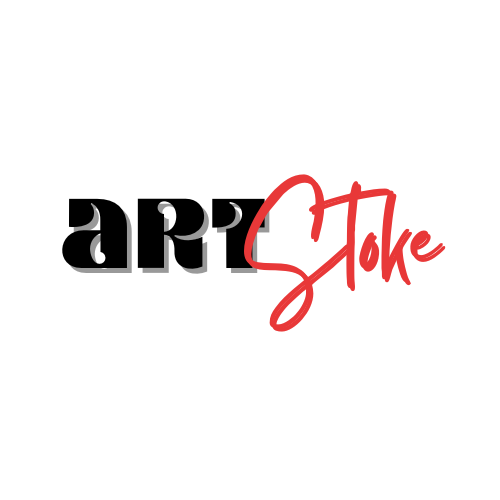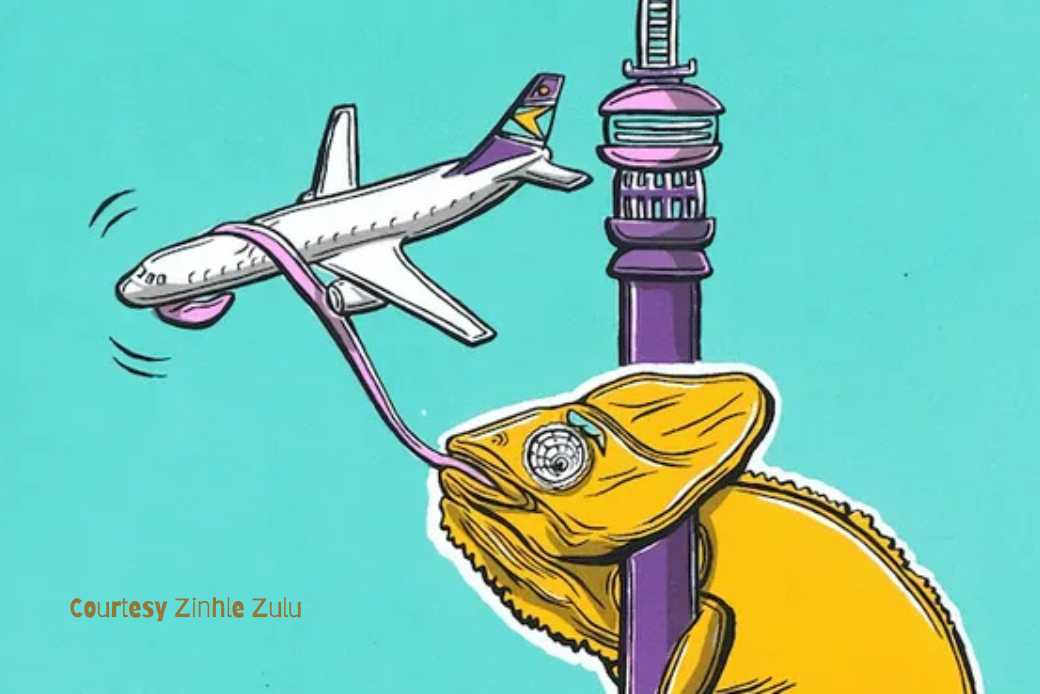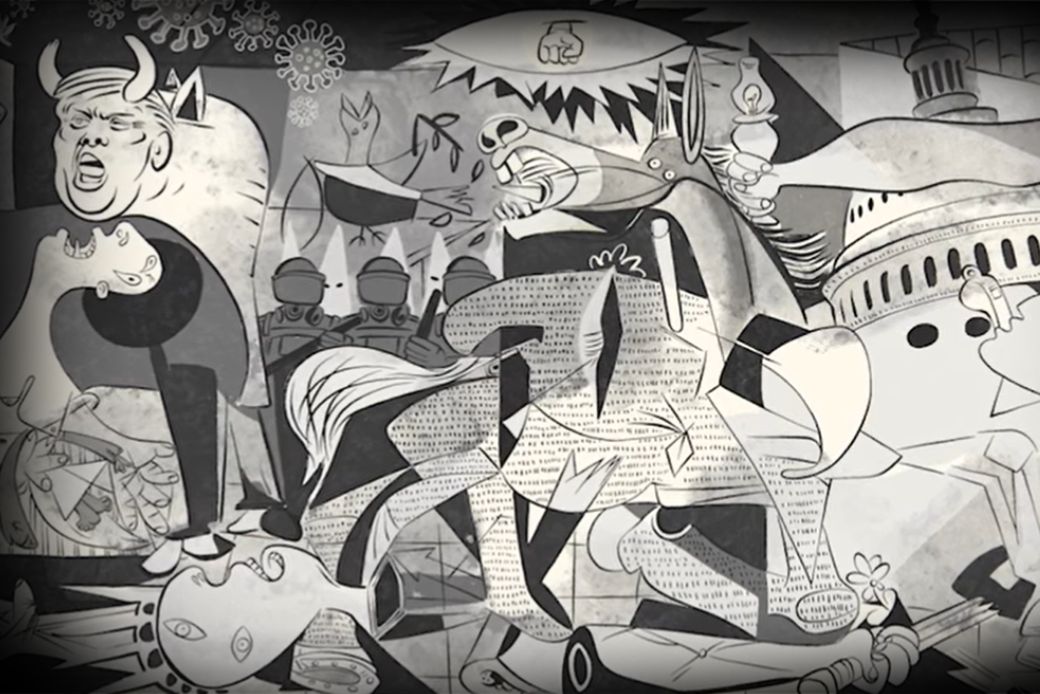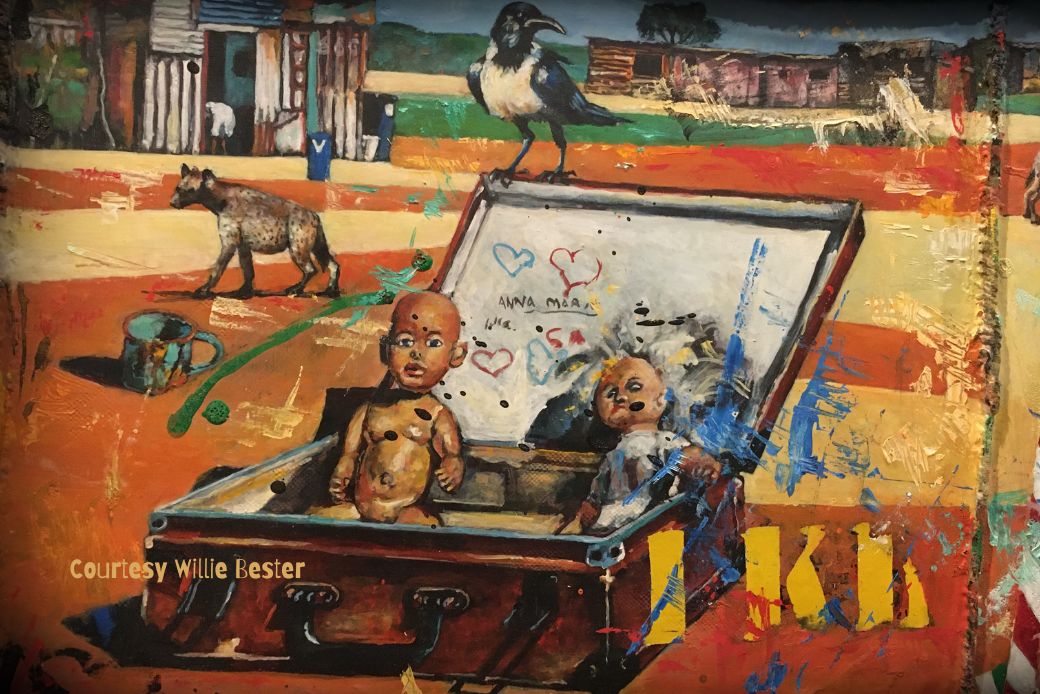Art on the blockchain, often referred to as Crypto Art or NFT art, is revolutionizing the art world by addressing real-world challenges through the unique capabilities of blockchain technology.
At its core, blockchain offers three transformative features: transparency, decentralization, and immutability. Transparency ensures that every transaction and record is openly visible on the blockchain, enabling artists and buyers to verify the authenticity, ownership, and provenance of a digital artwork with ease, reducing fraud and building trust. Decentralization removes the need for central authorities like galleries or auction houses, allowing artists to connect directly with collectors, retain greater control over their work and access global markets without barriers. Immutability guarantees that once an artwork’s details and transaction history are recorded on the blockchain, they cannot be altered or erased, preserving the value and authenticity of the piece over time. Together, these features empower artists and collectors while creating a more equitable and trustworthy art ecosystem.
1. Empowering Artists and Reducing Exploitation
Traditional art markets often exploit artists, taking high commissions (up to 50%) and failing to pay artists for secondary sales. Blockchain enables artists to sell directly to buyers via decentralized platforms, reducing intermediaries. Smart contracts also ensure artists receive royalties on every resale, empowering them financially.
2. Eliminating Art Fraud and Counterfeiting
The art world has long struggled with forgeries and disputes over provenance. Blockchain creates a tamper-proof digital ledger of ownership and authenticity for every artwork. Collectors can verify an NFT’s origin and transaction history instantly, solving problems of fraud and disputed ownership.
3. Creating Access for Underrepresented Artists
Marginalized and underrepresented artists often face barriers to entry in the traditional art world, such as geographic or institutional biases. Blockchain democratizes the art market, giving artists from any background global visibility. It allows them to reach buyers and communities directly, bypassing traditional gatekeepers like galleries.
4. Supporting Financial Inclusion
Many artists in developing countries lack access to banking systems or platforms to monetize their work. Blockchain enables artists to transact globally without a bank account, using cryptocurrencies as payment. This opens up financial opportunities for creatives in regions with limited infrastructure.
5. Solving Licensing and IP Disputes
Licensing and intellectual property (IP) rights are often ambiguous, leading to disputes and misuse of artists’ work. Smart contracts embedded in NFTs can specify terms of use, whether for personal, commercial or IP rights. This clarity protects artists and ensures buyers know what they’re purchasing.
6. Environmental Awareness and Carbon Offsets
Traditional art production and transport can have a significant environmental impact (e.g., shipping, materials, framing). Digital art removes the need for physical production and transport. While blockchain has its own environmental challenges, artists are increasingly choosing eco-friendly blockchains (e.g. Tezos or Ethereum post-Merge) and supporting carbon offset programs through their sales.
7. Enabling Fractional Ownership
High-value art is inaccessible to most people due to cost. NFTs allow fractional ownership of art, letting multiple people invest in and own a share of a digital artwork. This opens up the art investment market to a wider audience.
8. Supporting Charitable Causes
Traditional fundraising for charities often lacks transparency, and donors can’t always track how their money is used. Artists and platforms are using NFTs to raise funds for causes like disaster relief or social justice, with transparent blockchain records showing exactly where funds go. For example, NFT campaigns have raised funds for war relief, climate initiatives, and more.
9. Solving the Issue of Digital Scarcity
Digital art is infinitely replicable, making it hard to assign value or ownership in a traditional sense. Blockchain introduces the concept of digital scarcity. Artists can create a limited number of NFT editions or even a single edition, increasing value by mimicking the scarcity of physical art.
10. Strengthening Community Building
Traditional art markets often isolate artists from their audience and community. NFTs enable artists to create and engage with communities around their work. Artists can reward loyal collectors with airdrops, exclusive access to events, or early access to future works, fostering a sense of belonging and direct artist-collector relationships.
11. Increasing Transparency in Art Funding
Art funding and grants are often opaque, with decisions made by a select few. Blockchain enables decentralized funding models where communities vote on which projects to support. This ensures fairness and transparency in art patronage.
12. Reducing Costs in Art Transactions
Selling and buying art through traditional channels incurs high fees for galleries, auction houses and banks. Blockchain reduces transaction costs by removing intermediaries. Crypto art platforms charge lower fees, and cryptocurrency payments avoid costly banking charges for international transactions.
13. Providing Artists with Financial Stability
Many artists struggle with inconsistent income and financial insecurity. Features like automatic royalties, subscription models (e.g. memberships through NFTs), and De-Fi integrations (e.g. using NFTs as collateral) provide artists with more stable, recurring income streams.
14. Rethinking Public Art and Accessibility
Public art often struggles with funding, permanence and inclusivity. NFTs allow digital public art to exist in virtual spaces like the metaverse, making art accessible to anyone with an internet connection. Decentralized funding through blockchain also ensures broader community support for such initiatives.
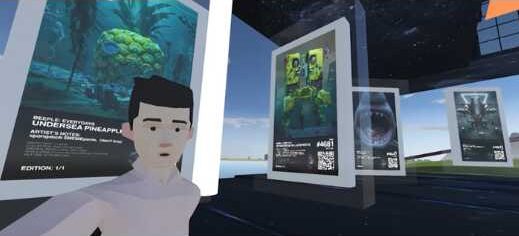
15. Encouraging Innovation in Art Forms
Traditional art forms often constrain innovation due to the limits of physical media. Dynamic, interactive and evolving NFTs are examples of innovative digital artworks that go beyond static, unchanging forms to offer engaging, adaptable, and transformative experiences. Dynamic NFTs can change their appearance or features based on external factors, such as time, weather, or user actions. For example, an NFT artwork might shift colours depending on the time of day or evolve its composition with the changing seasons. Interactive NFTs allow viewers to actively engage with the artwork, often by clicking, touching, or performing specific actions that alter its form or reveal hidden elements. This interaction creates a participatory experience, making the audience a part of the art itself. Evolving NFTs transform over time or in response to predefined triggers, such as milestones, events, or the owner’s actions. For instance, an NFT might depict a growing tree that matures over the years or a story that unfolds as the owner completes a set of challenges. These innovative approaches redefine art as an ever-changing, collaborative journey, unshackled by the static limitations of traditional media.
Closing
In a world increasingly shaped by technology, blockchain and digital art are proving to be more than just innovations – they are solutions to some of the most pressing challenges in art, culture, and society. From democratizing access and protecting intellectual property to fostering inclusivity and transparency, these 15 ways highlight how blockchain is reshaping the art world and beyond. By leveraging the unique features of blockchain – transparency, decentralization, and immutability – artists and communities are not only addressing real-world problems but also creating new opportunities for expression, connection, and impact. It is clear that the synergy between blockchain and art is not merely about technological advancement, it’s about reimagining systems, empowering creators and building a more equitable and inspiring future for all.
